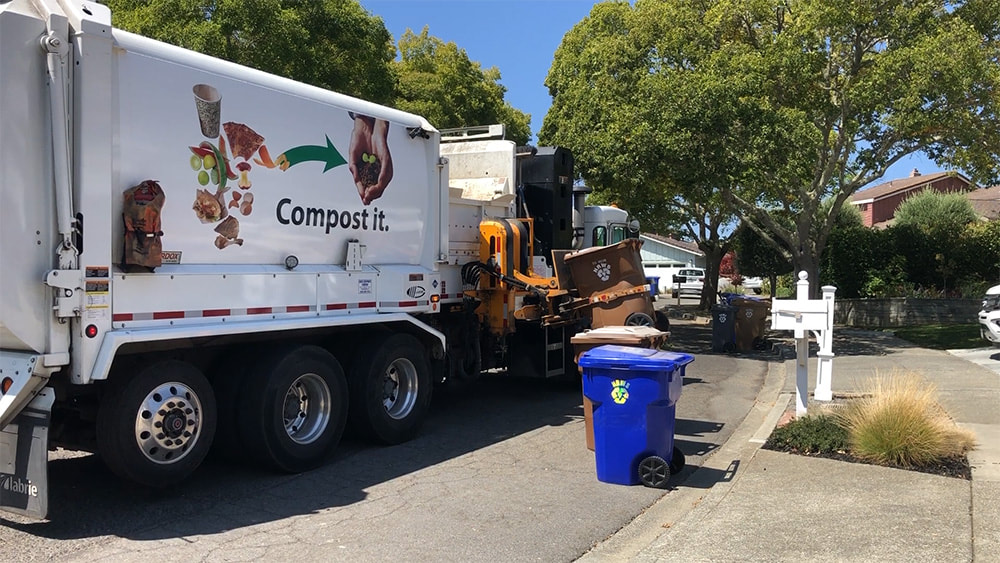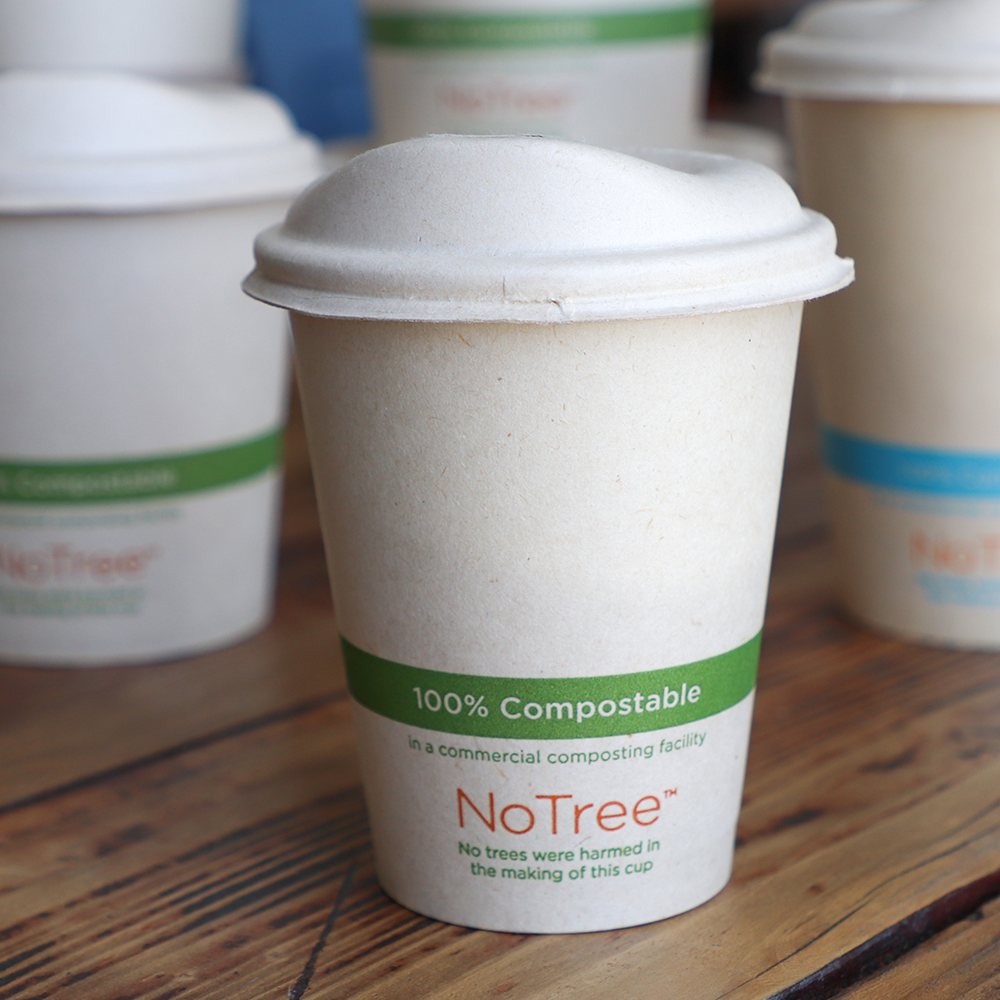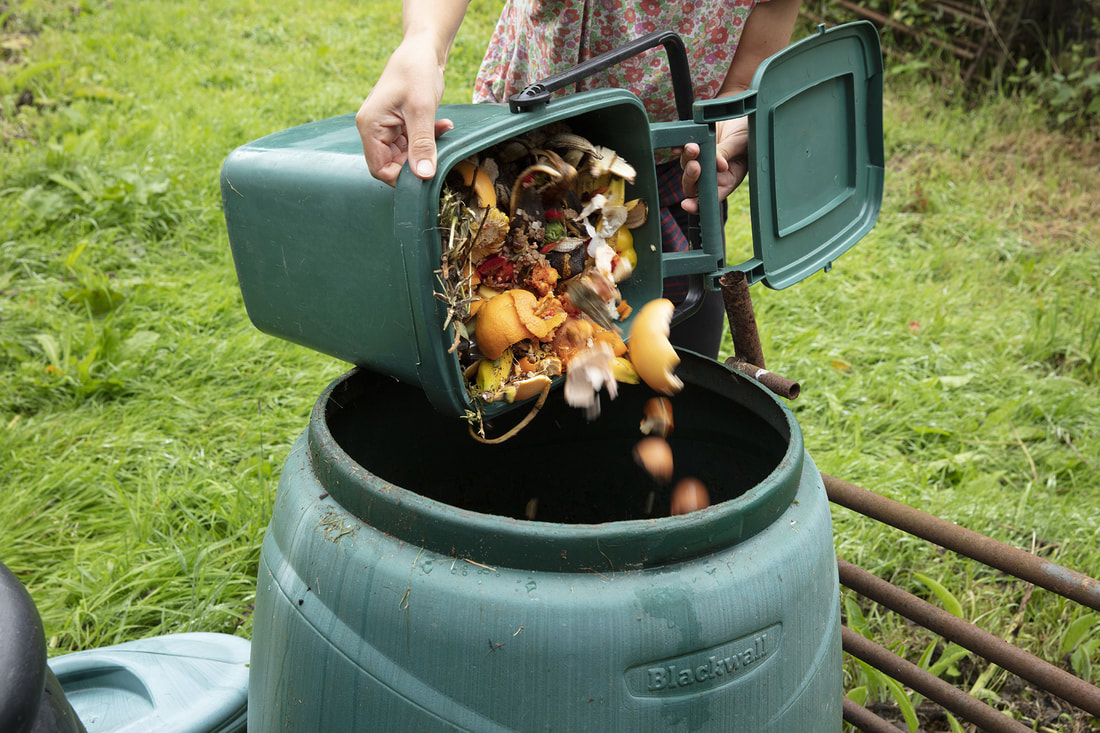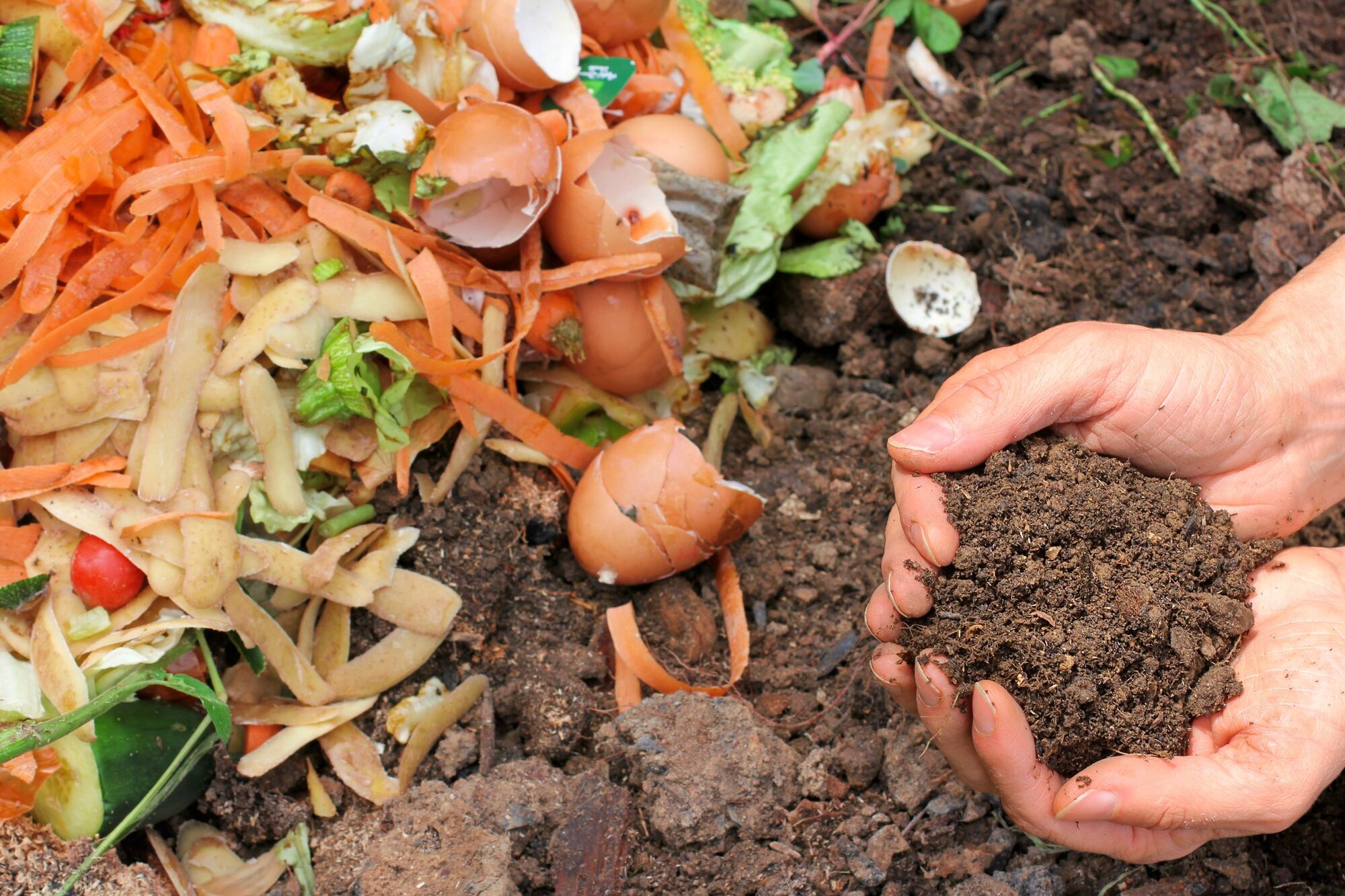World Centric Staff / 10 minute read
The circular economy of compostable products — a system in which they biodegrade to become compost, and we use that compost to grow plants — has yet to come about.
|
Compostable products have been designed and tested to compost in commercial systems, yet most composters refuse to accept them. According to World Centric’s research, 13% of commercial composters accept compostable products, of the over 4,700 compost facilities in the US. Commercial composting facilities are hesitant to take compostable products for various reasons, including contamination, disintegration times, lack of equipment, and revenue structures based on selling organic compost.
|
Things to remember:
|
History of Commercial Composting
Commercial composting, as we know it today, got its kickstart in the 80’s and '90s when many states mandated that yard waste (known as green waste) be composted. Commercial composting sites were developed in conjunction with landfills. What started as a way to compost green waste has expanded in some areas to include pre-consumer food scraps, post-consumer food waste, compostable fiber products, and compostable plastics. Most compost facilities only accept green waste because this is what these facilities are mandated to take by state governments and it’s what they are set up to do. Expansion into other materials beyond green waste requires improvements in the facilities' equipment and infrastructure.
The key factors in the use of compostable products as feedstock to commercial composting systems is the length of time it takes for them to disintegrate and biodegrade. Shredding products to make them smaller decreases this time, but composters may not have this equipment. Composters may be trying to turn raw feedstock materials into compost in less than 45 days, but the standard scientific test that determines if a product is compostable uses 84 days. Nearly all composters run their compost through a final screen to capture bits of material that did not fully disintegrate. It’s not just compostable products that can take longer than desired to degrade— wood and paper can also take longer. These undegraded materials can be reintegrated into unfinished compost by being separated and added again.
Commercial composting, as we know it today, got its kickstart in the 80’s and '90s when many states mandated that yard waste (known as green waste) be composted. Commercial composting sites were developed in conjunction with landfills. What started as a way to compost green waste has expanded in some areas to include pre-consumer food scraps, post-consumer food waste, compostable fiber products, and compostable plastics. Most compost facilities only accept green waste because this is what these facilities are mandated to take by state governments and it’s what they are set up to do. Expansion into other materials beyond green waste requires improvements in the facilities' equipment and infrastructure.
The key factors in the use of compostable products as feedstock to commercial composting systems is the length of time it takes for them to disintegrate and biodegrade. Shredding products to make them smaller decreases this time, but composters may not have this equipment. Composters may be trying to turn raw feedstock materials into compost in less than 45 days, but the standard scientific test that determines if a product is compostable uses 84 days. Nearly all composters run their compost through a final screen to capture bits of material that did not fully disintegrate. It’s not just compostable products that can take longer than desired to degrade— wood and paper can also take longer. These undegraded materials can be reintegrated into unfinished compost by being separated and added again.
Contamination
Taking in a greater variety of materials increases the risk of getting undesirable items that have to be sorted out by staff. Already, contamination is a costly problem for composters as they often deal with items from people’s yards like rocks and sports equipment that are not compostable. Composters can pre-screen the compost on a sorting line to remove contaminants, but if plastic or glass packaging isn’t sorted, they can be impossible to remove once shredded or ground. Education and social marketing can help, but often budgets for these are thin. A safer bet for composters is the acceptance of materials from closed environments, like a music festival, college campus, or restaurant, where purchasing agreements ensure everything is compostable.
Taking in a greater variety of materials increases the risk of getting undesirable items that have to be sorted out by staff. Already, contamination is a costly problem for composters as they often deal with items from people’s yards like rocks and sports equipment that are not compostable. Composters can pre-screen the compost on a sorting line to remove contaminants, but if plastic or glass packaging isn’t sorted, they can be impossible to remove once shredded or ground. Education and social marketing can help, but often budgets for these are thin. A safer bet for composters is the acceptance of materials from closed environments, like a music festival, college campus, or restaurant, where purchasing agreements ensure everything is compostable.
|
World Centric's paper cups and bowls are certified compostable by BPI and are printed with commercially compostable information
|
Identification
Consumers can verify that a product is compostable by looking for that specific term-- not biodegradable, oxo-degradable, or generalized terms like eco, green, or earth-friendly. If an item looks compostable, but the product or packaging doesn’t say that, it might be a lookalike product that actually uses petroleum plastic that will never turn into soil. However, standardized scientific tests can verify if a product turns into soil in commercial composting systems and is made of biobased materials. Third-party verification seals such as Biodegradable Products Institute (BPI), Compost Manufacturing Alliance, and TÜV AUSTRIA OK Compost Industrial ensure that the products meet these specifications. |
Issues with the National Organic Program
Compost facilities sell their finished product to farms, landscapers, roadway/transportation departments, hobbyists, and stores. Certified organic compost is a more valuable commodity than regular compost. The United States Department of Agriculture's National Organic Program (NOP) developed in 1990 restricts the use of bioplastics as a component of organic compost, citing that it is "synthetic." In this case, synthetic means that scientists and engineers develop the bioplastic by a chemical reaction (fermentation) rather than a plant that naturally grows. Genetically modified food waste and artificial food ingredients (dyes, corn syrup, preservatives, synthetic sugars) are permissible. Persistent pesticides that do not breakdown are damaging to compost, whereas bioplastics do not affect compost quality or eco-toxicity. Overall, it shows that the National Organic Program was developed for farming operations, not for compost. Despite all this, the regulation is difficult to change.
Compost facilities sell their finished product to farms, landscapers, roadway/transportation departments, hobbyists, and stores. Certified organic compost is a more valuable commodity than regular compost. The United States Department of Agriculture's National Organic Program (NOP) developed in 1990 restricts the use of bioplastics as a component of organic compost, citing that it is "synthetic." In this case, synthetic means that scientists and engineers develop the bioplastic by a chemical reaction (fermentation) rather than a plant that naturally grows. Genetically modified food waste and artificial food ingredients (dyes, corn syrup, preservatives, synthetic sugars) are permissible. Persistent pesticides that do not breakdown are damaging to compost, whereas bioplastics do not affect compost quality or eco-toxicity. Overall, it shows that the National Organic Program was developed for farming operations, not for compost. Despite all this, the regulation is difficult to change.
|
Home Composting
At-home composting is an option for compostable products on the market. Home composting is done on a much smaller scale than commercial composting, it can be more challenging to achieve higher temperatures required for biodegradation of bioplastic. Home compostability certification is available through TÜV Austria (OK Compost Home). Their testing standards use a longer timeline for biodegradation (a year, as opposed to six months) and a lower temperature. Thin compostable bags made from plastic PBAT (mixed with starch) are certified to compost at home. |
Not all products are compostable at home. Look for the TÜV Austria OK Compost Home certification to make sure products will break down.
|
Add-on Composting Programs
Add-on composting programs to collect different types of compostable materials are options for communities whose waste management provider refuses to expand composting programs. However, not all contracts with waste management companies allow separate programs by different hauling companies. Contractual agreements narrow the number of composting haulers who are legally allowed to work in an area. Yet, this contractual provision is not valid everywhere. Enterprising composting operators such as Scraps Mile High (Denver, CO) and The Compost Group (San Diego, CA) have added separate composting programs to their communities, and both accept compostable products.
Commercial Composting is the Solution
Despite the complexities of commercial composting, it offers the way to complete the circularity of compostable products on a large scale. Policy and economic issues prevent the full realization of the potential to create compost from packaging, and then take that compost to grow raw materials. Moving forward with actionable steps to improve the circularity of compostable packaging include:
Add-on composting programs to collect different types of compostable materials are options for communities whose waste management provider refuses to expand composting programs. However, not all contracts with waste management companies allow separate programs by different hauling companies. Contractual agreements narrow the number of composting haulers who are legally allowed to work in an area. Yet, this contractual provision is not valid everywhere. Enterprising composting operators such as Scraps Mile High (Denver, CO) and The Compost Group (San Diego, CA) have added separate composting programs to their communities, and both accept compostable products.
Commercial Composting is the Solution
Despite the complexities of commercial composting, it offers the way to complete the circularity of compostable products on a large scale. Policy and economic issues prevent the full realization of the potential to create compost from packaging, and then take that compost to grow raw materials. Moving forward with actionable steps to improve the circularity of compostable packaging include:
- changing the National Organic Program (NOP) to accommodate bioplastics
- providing economic programs for composters to expand their facilities
- changing contractual agreements with waste haulers to allow other composting operations
- normalizing reintegration of any remnants in the final screening process into the next compost cycle, and
- developing compostable packaging that more rapidly disintegrates.






